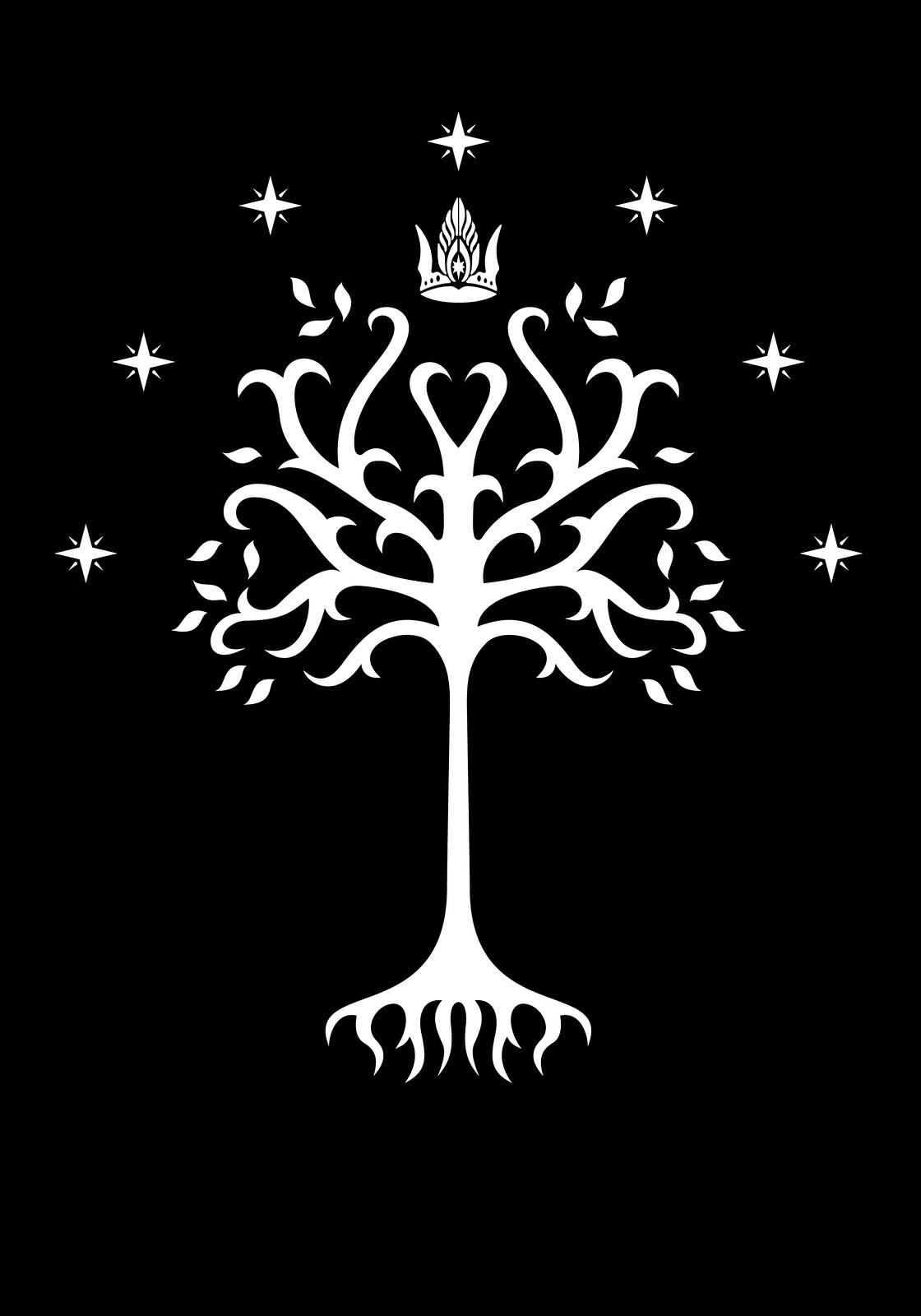Since I have been back, I have been thinking a lot about the Reinterment. Of course, I've been thinking about it! How could I not? And I have been happy to talk to people about it. After all, I helped bury a King of England! That doesn't happen every day.
But guess what always comes up again, time after time? You probably guessed it. Benedict.
I talked a little bit before in an earlier post about Benedict's participation in the Reinterment and my impressions of how the press was handling that coverage. It was quite disappointing.
I'm not saying that I don't admire Benedict Cumberbatch as an actor. I think he is rather endearing. I am happy that he was invited to the ceremony. He had good reason to be there as a cousin (Richard's and mine, too, if you think about it), and he helped add interest and publicity both for the event, Richard III, and Leicester. It was a bit tacky to put his acting role as Richard in the upcoming television program "Hollow Crown" and the rather distant cousinly relationship in the Order of Service, but perhaps this was an attempt by the organisers to justify his presence for some reason.
Benedict Cumberbatch reading "Richard"
by Carol Ann Duffy
But we were all of us participants in this great event: Benedict Cumberbatch; Justin Welby, the Archbishop of Canterbury; Tim Stevens, the Bishop of Leicester; David Monteith, the Dean of Leicester; the Choir; the Bearer Party; the archaeological team; and every member of the congregation who were there praying, singing, and witnessing. Benedict was really not any more important than any other of us at the event, except for King Richard himself, that is.
Richard was the
true focus as we celebrated and pondered his life, death, and future in heaven. All of us inside the Cathedral were brought there to think about the lost King who was found, which we were doing reverently and respectfully. I will never forget the ceremony as being one of the most thought-provoking and also rather miraculous occurrences of my life.
But with that said, I can tell you the answers to the questions you are burning and yearning to know. Yes, I saw Benedict Cumberbatch in person. I was actually in the same room with him! I saw him enter the Cathedral, although he didn't walk past me, unlike some other dignitaries and nobility did. I saw him go up to the reader's stand and recite his poem. His back was turned to me at that point. I even saw the chair in which he sat! It had a sign on it that read "
B. Cumberbatch." The little school boy who sat next to him during the Reinterment (
grrrr!) was allowed to take that relic home with him (double
grrrr!).
I was about 20 to 25 yards away from Benedict Cumberbatch when he read the poem. Okay, you can touch me. The magic might rub off on you, too.
Now that you got that out of your system, let's talk about the poem Benedict read so well. The Poem, written by Carol Ann Duffy, the poet laureate of England since 2009, is entitled "
Richard." This poem, told from the point of view of the long-dead King Richard, reflects on what has happened to him and his hopes for how we should treat him now, in his future and our own, to keep his name and memory from being lost again.
Naturally, it is a very religious poem, full of imagery familiar to Christians, including words such as soul, incense, votive, relics, cross, resurrection, and prayer. Also there are words to invoke the picture of Richard as the mortal body found in the ground after 530 years: bones, cold soil, skull, scarred, broken.
I especially like the line "My skull, scarred by a crown, emptied of history."
We will always think of that skull found in the ground, with its extensive damage caused by brutal medieval war weapons, as being scarred in the battle that killed Richard. This poetic image, shifting the scarring from those weapons to the actual crown that became the eventual cause of his death due to another man's lust for it, is rather jolting. And that skull is a shell now, not just empty of brains, blood, and the other physical necessities of life, but of memory and all history of himself.
I wonder if the King, the last to die in battle, would have thought of his salvation at the end of time, wondering if people would still think of him, speak of him, pray for him in the future. None of us likes to think that we will be forgotten, that we have made no lasting impression of good on this earth before we leave it. Since we know Richard to have been a religious man, I hope he was able to find some peace in his last thoughts before death came to him.
I think Richard would have felt honour and gratitude to be remembered by so many over half a millenium later. That famous men, such as Benedict Cumberbatch, and ordinary women, such as myself, would feel pride to claim kinship with him and be moved to congregate in his memory. This alone gives King Richard III a very special place in our human history.







